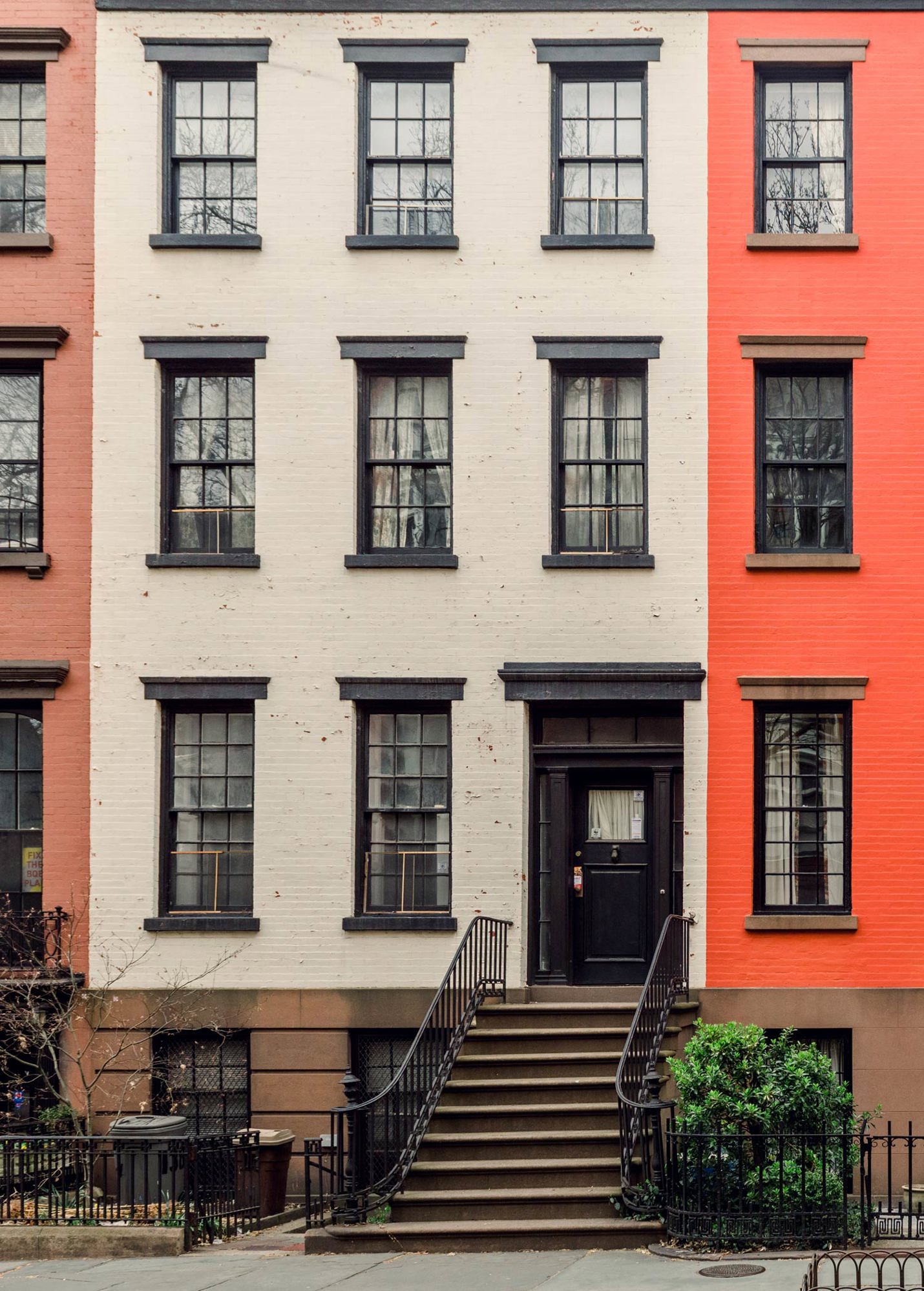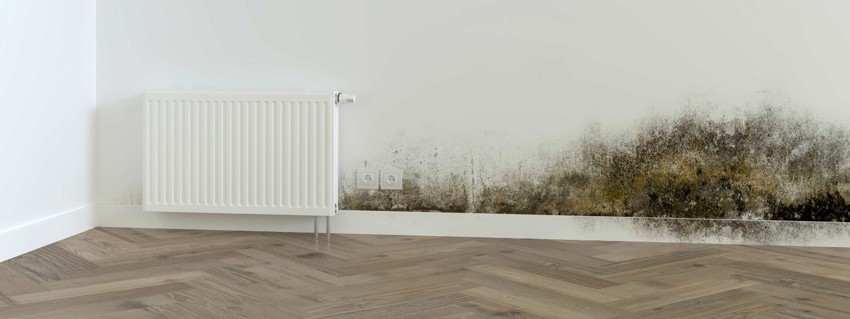Building-related symptoms and issues
A person may experience acute symptoms upon entering a building. However, the symptoms may disappear when the person leaves the building. The symptoms don't turn into other conditions or cause distress when you're not in the building. These short-term symptoms are related to sick building syndrome (SBS). However, long-term issues are connected to building-related illnesses (BRI). The symptoms are an expression of a well-defined illness with a specific cause.
Common terminology
Building-related illnesses (BRI) are diseases that are directly caused by air-related problems and poor indoor environments in buildings. There has to be a proven connection between a building-related exposure and a specific illness for it to be considered a BRI.
BRIs differ from sick building syndrome (SBS) because the causes can be determined, whereas sick building syndrome is used as a term to refer to symptoms of acute health and/or comfort effects for which no specific cause can be found but that can be attributed to time spent in a particular building.
SBS and BRI are both categories of illness where individuals or groups of people are made sick by something in a building (usually a home or workplace). There is a wide range of symptoms and diagnoses that exist under these umbrella terms, and there may be some overlap.
The two primary differences between SBS and BRI are that SBS consists of a set of symptoms, of which the cause is unknown. With BRI, the cause of the illness is known. With SBS, the symptoms/illness will usually go away when the individual(s) leave the building. With BRI, the illness caused by the building will usually stick around and require treatment, even after the individual has been out of the building for quite some time.
Concept and definition of sick building syndrome (SBS) from 1983 by WHO

Building-related illnesses are a group of disorders whose cause is linked to the environment of buildings.

What about 'old building syndrome'?
'Old building syndrome' is another related term you might come across, although there isn't really a distinct definition for this one. The idea behind old building syndrome is that there is a greater chance of having SBS and/or BRI with older buildings.
This is because:
a) Older buildings may have been built using toxic materials that are now outlawed or limited (i.e. lead).
b) Since they've been around longer, there is a greater chance that older buildings have water damage from leaks, flooding, etc., as well as more time for things like toxic mold to grow and spread.
Many more different terms
Many different terms have been used to describe the phenomenon of reported high incidence of illness or unwellness suffered by people for no apparent reason in certain buildings; these include 'building sickness', 'sick office syndrome' and 'office-eye syndrome'. There are also older and more vague terms such as 'tight building syndrome' or 'toxic carpet syndrome'.

Facts about indoor air and the link to SBS and BRIs
Research suggests that over 30% of buildings may be the subject of excessive complaints related to indoor air quality (IAQ). Some problems in buildings may be short-term, but others could be long-term issues.
Indicators of SBS include:
- Building occupants complain of symptoms associated with acute discomfort, such as; headache, eye, nose, or throat irritation, dry cough, dry or itchy skin, dizziness and nausea, difficulty in concentrating, fatigue, and sensitivity to odors.
- The cause of the symptoms is not known.
- Most of the complainants report relief soon after leaving the building.
Indicators of BRI include:
- Building occupants complain of symptoms such as; cough, chest tightness, fever, chills, and muscle aches.
- The symptoms can be clinically defined and have clearly identifiable causes.
- Complainants may require prolonged recovery times after leaving the building.
Causes of problems in buildings
The following could be causes or contributing factors:
- Inadequate ventilation — the reduced outdoor air provided for ventilation in building and not efficiently distributed air to the buildings occupants.
- Chemicals and indoor contamination — from building materials and equipment indoors (e.g, adhesives, carpeting, upholstery, manufactured wood products, copy machines, pesticides, and cleaning agents may emit volatile organic compounds (VOCs), including formaldehyde).
- Chemicals from outdoors — such as; air pollution, combustion products, pollutants from motor vehical exhausts.
- Biological contaminants — such as; bacteria, molds, pollen, and viruses.
A word about radon and asbestos...
SBS and BRI are associated with acute or immediate health problems. Radon and asbestos cause long-term diseases which occur years after exposure, and are therefore not considered to be among the causes of sick buildings.
Symptoms and illnesses
Symptoms and illnesses related or attributed to indoor environments are common. A variety of factors associated with the environment and with the patient impact these symptoms, which may reflect new disorders, exacerbation of preexisting conditions (eg, rhinitis, asthma), and/or disorders caused by specific workplace exposures (eg, occupational asthma, hypersensitivity pneumonitis).
Building-related symptoms can have a substantial impact on health. It is important for the clinician to recognize when symptoms are related to the patient's workplace, as these should be treated as occupational illnesses.
Building-related illnesses with known causes |
Symptoms of sick building syndrome |
|---|---|
|
Allergic and immunologic disease
Infections
Chemicals and other substances
|
Irritation of the eyes, nose and throat
Skin irritation
Neurotoxic
Odor or taste complaints
Non-specific reactions
|
Solutions to SBS and BRIs
All buildings should monitor the indoor climate to avoid possible problems with air quality and to provide good environment for buildings occupants.
Some ideas include:
- Indoor air quality monitoring — along with the HVAC maintanence, focused on reducing contaminant sources indoors.
- Increasing ventilation rates and improving air distribution in the building — together with air cleaning via filters.
- Education and communicaton — to remedy and/or prevent issues occuring in the first place particulalry for building management and maintenance people.

Are building-related health issues making an unwanted comeback?
The current trend is to have your house well insulated and have nice new windows and to get a low bill for heating your house. After making a residential building insulated and airtight during the refurbishment process, the natural ventilated building no longer provides its occupant with enough fresh air. And occupants ask what happened and where is the problem? And can the mechanical ventilation solve the problem? We take a look into the concept of a sick building syndrome, how this has come about and are we facing this again today?
Read our Update&Insight 'Are building-related health issues making an unwanted comeback?'
What can employees' do to improve indoor air quality?
Education and communication are important elements in both remedial and preventive indoor air quality management programs. Employees who suspect that they are working in a sick building should talk about their symptoms to higher management and other occupants.
Employees should consider these questions, and in particular, look for patterns in terms of indoor air quality and health: what are symptoms and their recurrence; the relation of symptoms to certain location at work and new renovations or construction projects at work.
All concerns need to be documented. Although the buildings with SBS symptoms can be up to code, and management may reject those concerns, it may be appropriate to contact the relevant organisations for air quality investigation.
Employees can reduce their own risk factors for sick building syndrome, for example: taking regular breaks outside the building (eating lunch outdoors), if possible, opening windows to get fresh air (avoid opening windows during high levels of outdoor pollen and smog), standing or walking around the office and looking away from the computer screen.
Learn more about the topic from other sources
Building-related illness, in which an identifiable factor causes a specific illness, is much less common than sick building syndrome, in which there is no identifiable cause for nonspecific symptoms.Edward P. Horvath, Director of Occupational Health at the Cleveland Clinic